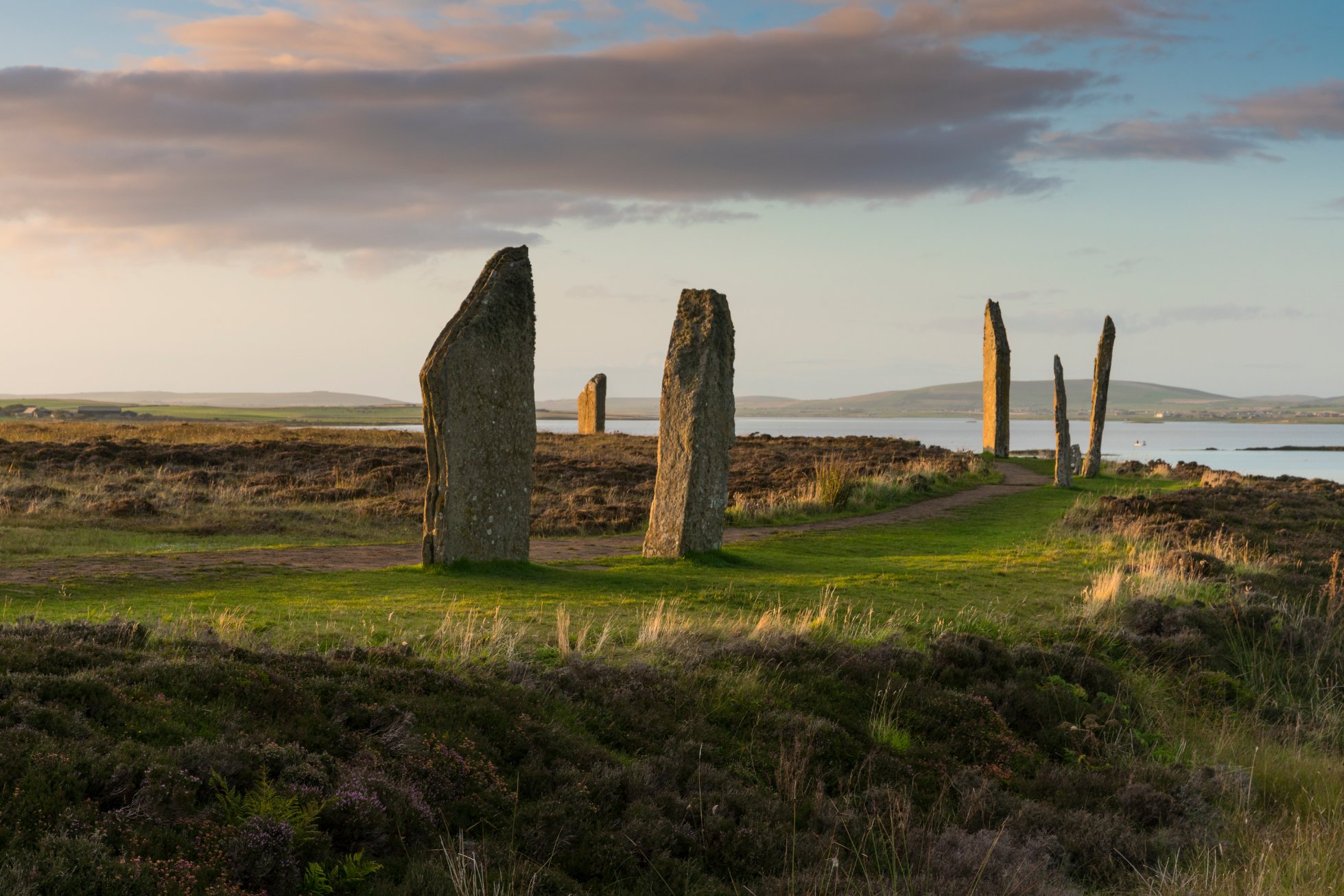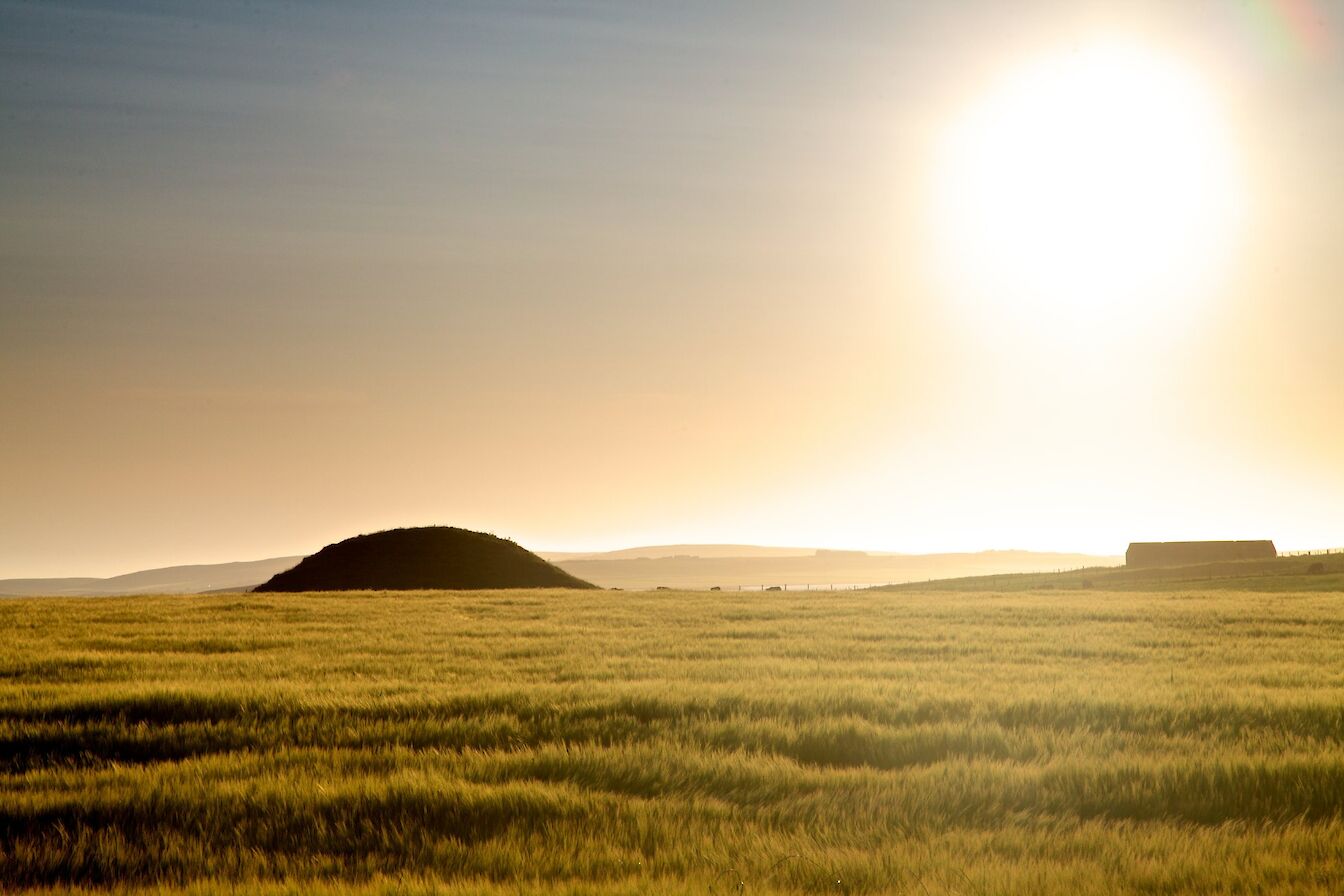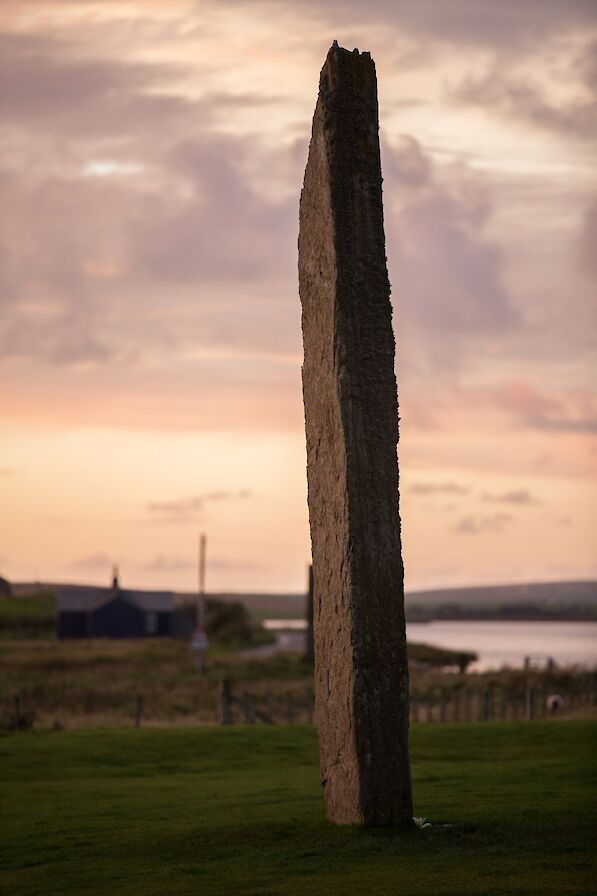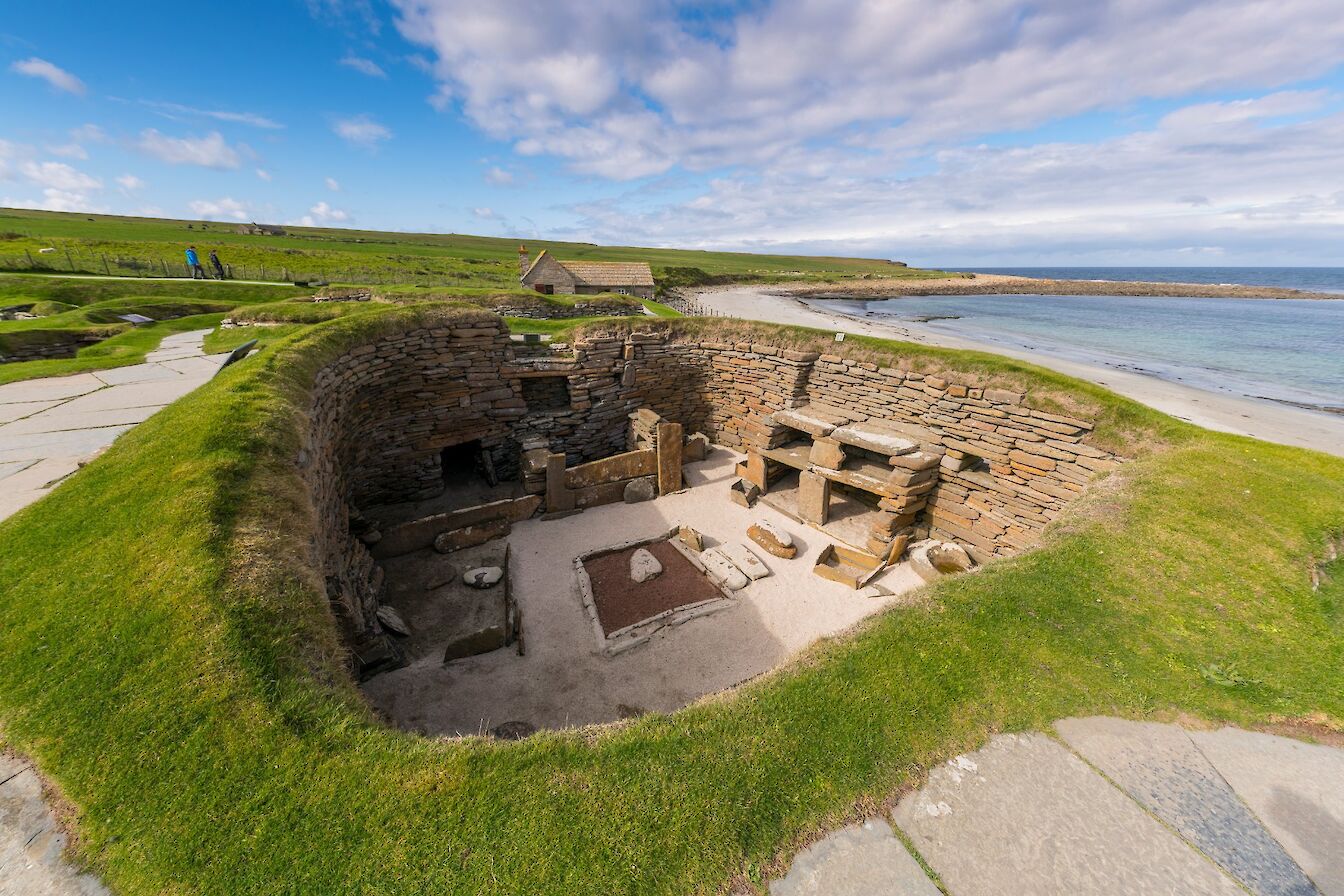“For me, it’s been the pleasure of meeting people who are literally coming across the world to see Orkney,” says Sandra Miller, looking out across the 5,000-year-old village of Skara Brae to the wide sandy expanse of the Bay of Skaill.
“Just as we might aspire to go to the Pyramids of Giza, the Great Wall of China, or the Galapagos Islands, for many people the dream is to come to Orkney to visit our World Heritage Site.”
This month marks 20 years since World Heritage status was granted for the quartet of jewels in Orkney’s Neolithic crown – Maeshowe chambered cairn, the Standing Stones of Stenness, the Ring of Brodgar, and Skara Brae.
Sandra is one of the original two special rangers appointed by Historic Environment Scotland (HES) – the body which manages the ancient sites - to engage with the many thousands of visitors exploring the iconic monuments.
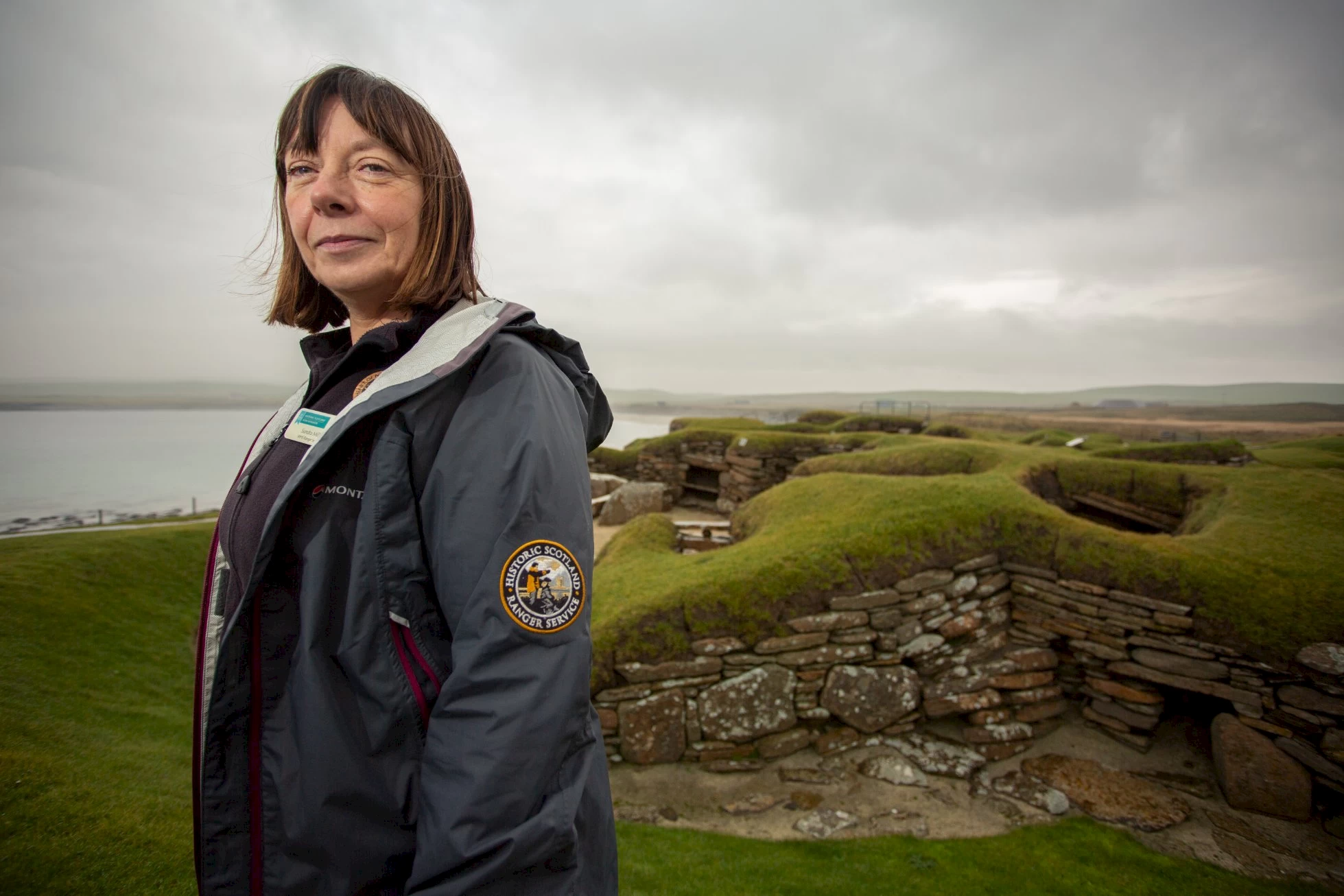
The Heart of Neolithic Orkney World Heritage Site, to give it its full title, was created in 1999 in recognition of the importance the four Neolithic sites have internationally.
World Heritage Site (WHS) status is granted by the United Nations Educational, Scientific and Cultural Organization (UNESCO), which seeks to encourage the identification, protection and preservation of cultural and natural heritage around the world considered to be of outstanding value to humanity. It’s an ideal embodied in an international treaty called the Convention concerning the Protection of the World Cultural and Natural Heritage, adopted by UNESCO in 1972.
Countries annually nominate cultural or natural sites they consider worthy of World Heritage status, with the candidates then subjected to scrutiny by UNESCO’s World Heritage Committee.
In its official ruling in 1999, UNESCO said the Orkney monuments - dating back to 3000-2000 BC - represented an “outstanding testimony” to the cultural achievements of the Neolithic peoples of northern Europe.
Sandra and her colleague Elaine Clarke were appointed rangers for the WHS in 2005 and, in many ways, represent the public face of World Heritage status in Orkney. And it’s a personable one too.
“For us as rangers it’s been a great privilege to work in the WHS,” reflects Sandra, who provides expert guidance on walks around the monuments, in addition to overseeing the day to day delivery of the site’s management plan. “The status serves as a really good reminder for all of us just how important our monuments are here in Orkney, not just locally, but across the world.”
Estimating visitor numbers for all four monuments over the 20 years since World Heritage status was allocated is difficult, but Skara Brae alone has welcomed 1.5 million people in that time. Sandra and Elaine’s guided walks and events, meanwhile, have been enjoyed by a staggering 90,000 people.
Watch our video about guided walks at the Ring of Brodgar in Orkney
“World Heritage status is the reason a lot of folk know about the sites and why they come here from all over the world,” says Sandra. “Just as people come to Scotland to climb mountains and bag Munros (mountains over 3,000ft in height) because they’re there, people come to World Heritage sites because they’re there. I recently read about a man who had visited 200!”
Orkney’s WHS is one of over 1,000 globally, sharing the status with the likes of the Roman Colosseum, China’s Terracotta Army, Peru’s Machu Pichu and, of course, the Pyramids of Giza.
Despite such stiff competition, the islands are clearly holding their own internationally, offering a unique experience to visitors.
“I think folk are quite delighted and charmed by the landscape in which our WHS sits,” says Sandra. “People are really enchanted by its beauty and also amazed at how close they can actually get to the monuments here.”
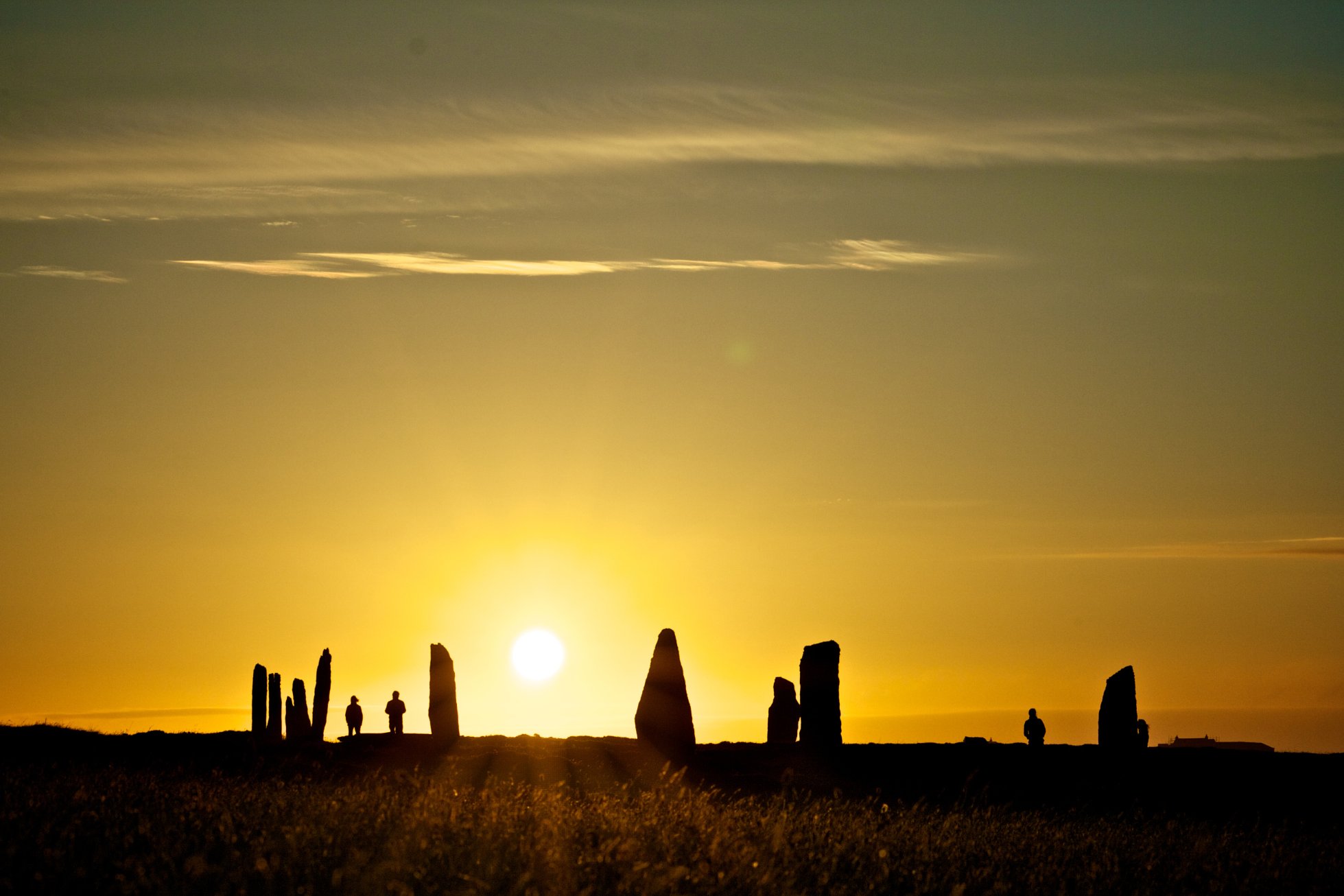
Of course, with increasing visitor numbers and such easy access comes the often thorny issue of site protection.
“People are travelling more and they’re wanting to experience more, so it’s about getting that balance,” says Sandra. “We have to constantly be evolving our ideas and thinking about how people can get the best possible experience here, but also balancing that and looking after the heritage as well. It goes without saying that we’ve got to look after it, not only for our generation, but for future generations too.”
The rangers welcome visitors from far and wide, but they’re also seeing increasing numbers of local people around the WHS too.
“Having grown up in a place like Orkney you do sometimes tend to take things like our ancient monuments for granted,” she laughs. “It’s that old saying - if you live in Edinburgh you don’t visit the castle, and if you live in Orkney, you don’t visit Skara Brae unless you’re on a school trip!”
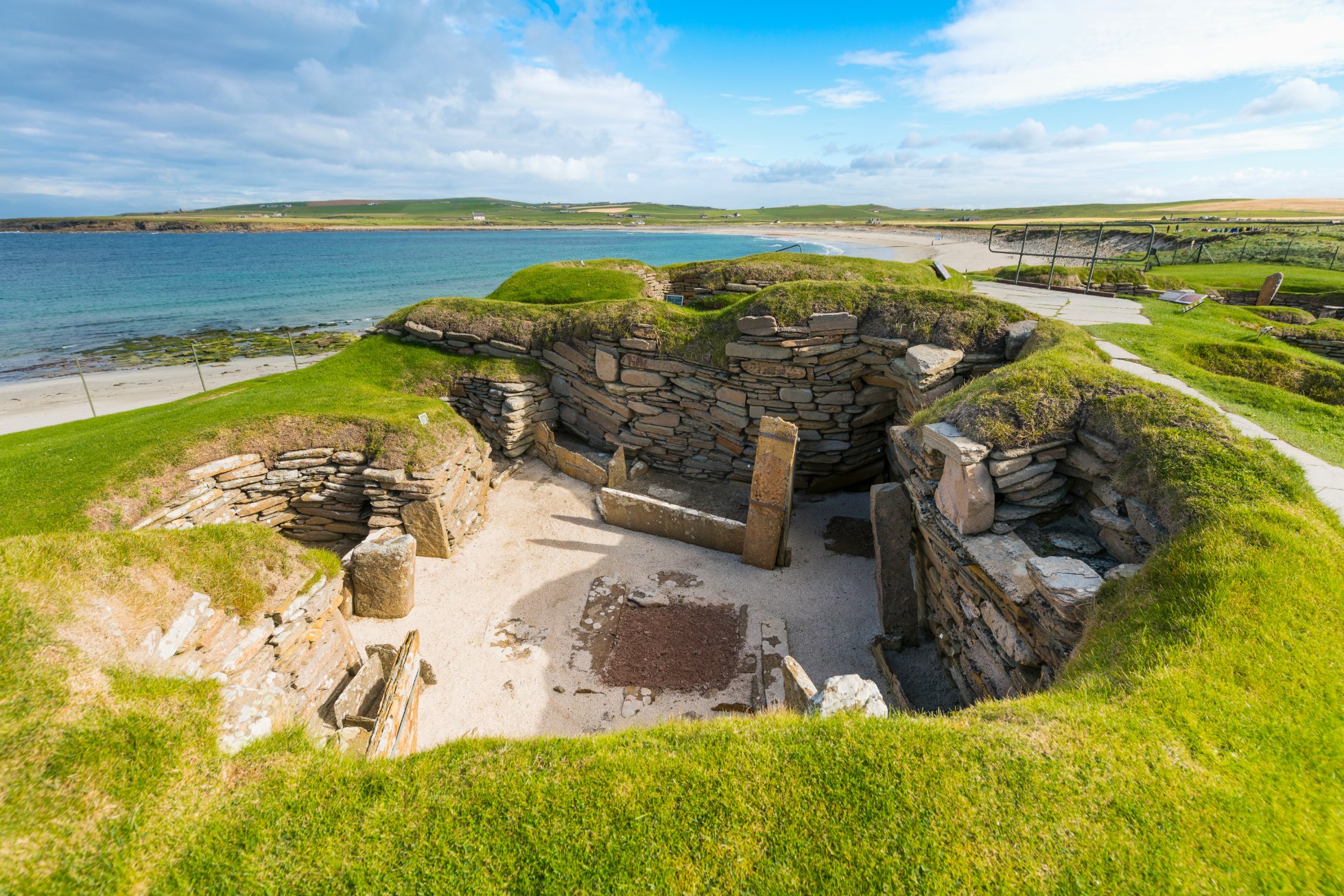
Regardless of where they hail from, every visitor to Orkney’s WHS is guaranteed a warm welcome by the site rangers, with Sandra’s pride in her role clear for all to see. And even when she’s asked, for the thousandth time, how tall the inhabitants of Skara Brae were, or what the Ring of Brodgar was built for, she’ll always answer with a smile.
“Part of our role is to ensure people have a really good experience within the site and it’s a great pleasure,” she adds.
“We’ve met some amazing folk over the years, many of whom are quite moved by their time here in Orkney, which is so nice.”
The Digital Orkney project has been part financed by the Scottish Government and the European Community Orkney LEADER 2014-2020
